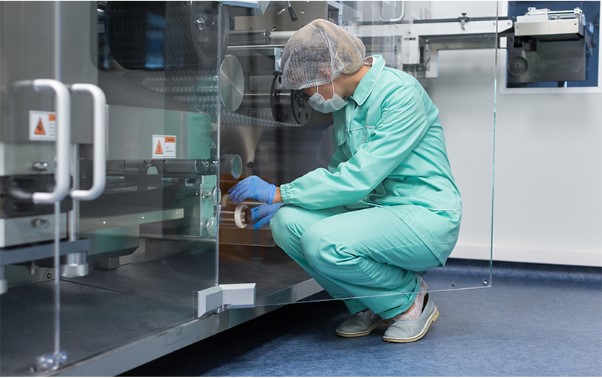A biosafety cabinet is an indispensable piece of equipment in laboratories handling hazardous biological materials, providing critical protection for both personnel and the environment. Over time, wear and tear can diminish its effectiveness, potentially compromising safety protocols. Recognising when to replace your cabinet is essential to maintaining a secure working environment. If you’re uncertain whether your unit requires servicing or a complete upgrade, here are four definitive signs to consider. Partnering with a reputable medical equipment supplier can help you make an informed decision while ensuring compliance with stringent safety standards.
1. Reduced Airflow Efficiency
One of the most telling signs that your biosafety cabinet may need replacement is a noticeable decline in airflow performance. Proper airflow is fundamental to maintaining containment and preventing cross-contamination within the workspace. If you detect irregular airflow patterns, unusual noises emanating from the fan system, or persistent difficulties in achieving the required air velocity, these could indicate underlying issues with the cabinet’s filters or motor. While routine maintenance can temporarily address minor problems, recurring airflow inconsistencies often suggest that the cabinet’s core components are deteriorating. In such cases, replacing the unit becomes a more viable and safer solution than attempting repeated repairs.
Additionally, modern biosafety cabinets are designed with advanced airflow monitoring systems that provide real-time feedback, ensuring optimal performance. Older models may lack these features, making it harder to detect gradual declines in efficiency. Upgrading to a newer unit not only enhances safety but also improves overall lab productivity.
2. Visible Wear and Tear
Physical deterioration is another clear indicator that your biosafety cabinet may no longer be fit for purpose. Cracks in the sash, corrosion on metal surfaces, or degraded gaskets and seals can severely compromise the cabinet’s ability to maintain containment. Even minor structural flaws can allow harmful aerosols to escape, posing significant risks to laboratory personnel.
Furthermore, older cabinets may not meet current safety standards, which have evolved to address emerging risks in laboratory environments. If your cabinet requires frequent repairs or replacement parts that are increasingly difficult to source, investing in a new model from a trusted laboratory centrifuge and safety equipment provider may prove more cost-effective in the long term. Modern cabinets are constructed with durable materials and improved sealing technologies, offering better protection and longevity.
3. Failed Certification Tests
Biosafety cabinets must undergo regular certification to verify their compliance with industry standards, such as NSF/ANSI 49 or EN 12469. These tests evaluate critical performance metrics, including airflow velocity, filter integrity, and containment efficiency. If your cabinet repeatedly fails certification despite undergoing necessary repairs, it is a strong indication that the unit is no longer capable of meeting safety requirements.
Persistent certification failures not only jeopardise lab safety but can also lead to regulatory non-compliance, potentially resulting in fines or operational restrictions. In such scenarios, replacing the cabinet is the most prudent course of action. Newer models are designed to meet or exceed current certification benchmarks, ensuring reliable performance and peace of mind.
4. Outdated Technology
Technological advancements have revolutionised biosafety cabinet design, introducing features such as energy-efficient motors, enhanced ergonomics, and smart monitoring systems. If your cabinet is more than a decade old, it may lack these innovations, making it less efficient and more costly to operate. Older units often consume more energy, require frequent maintenance, and may not integrate seamlessly with other modern laboratory equipment.
Upgrading to a contemporary biosafety cabinet can yield significant benefits, including reduced operational costs, improved user comfort, and superior contamination control. Many newer models also come with programmable settings and automated alerts, further enhancing lab efficiency and safety.
Conclusion
A malfunctioning or outdated biosafety cabinet poses serious risks to both personnel and research integrity. If you’ve observed any of the signs discussed above, it may be time to consult a medical equipment supplier for a replacement. Modern cabinets offer unparalleled safety features, energy efficiency, and reliability, making them a sound investment for any laboratory.
Don’t compromise on safety—contact Dou Yee today to explore your options and ensure your lab remains compliant with the highest standards of biosafety.

